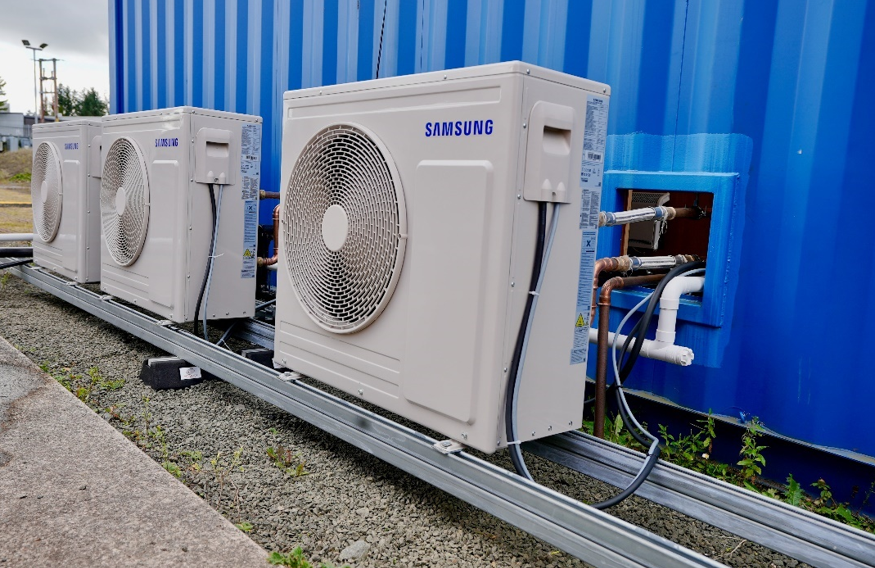Lithium-ion batteries prices have fallen 90 per cent since 2010 and seen higher energy densities and longer lifetimes according to an IEA report.
Lithium-ion battery prices have declined from $1,400 per kilowatt-hour in 2010 to less than $140 per kilowatt-hour in 2023 as a result of progress in research and development and economies of scale in manufacturing. They have also achieved much higher energy densities too, allowing them to be stacked in much lighter and more compact battery packs.
Further innovation in battery chemistries and manufacturing is projected to reduce global average lithium-ion battery costs by a further 40 per cent from 2023 to 2030.
As Lithium-ion batteries dominate both EV and storage applications, and chemistries can be adapted to mineral availability and price, demonstrated by the market share for lithium iron phosphate (LFP) batteries rising to 40 per cent of EV sales and 80 per cent of new battery storage in 2023.
Lithium-ion chemistries represent nearly all batteries in EVs and new storage applications today. For new EV sales, over half of batteries use chemistries with relatively high nickel content that gives them higher energy densities. LFP batteries account for the remaining EV market share and are a lower-cost, less-dense lithium-ion chemistry that does not contain nickel or cobalt, with even lower flammability and a longer lifetime. While energy density is of utmost importance for EV batteries, it is less critical for battery storage, leading to a significant shift towards LFP batteries.
Although lithium-ion chemistries are likely to continue providing the vast majority of EV batteries to 2030, sodium-ion batteries that currently provide less than 10 per cent of EV batteries will make up a growing share of the batteries used for energy storage because they use less expensive materials and do not use lithium, resulting in production costs that can be 30 per cent less than LFP batteries.
© 2019 Perspective Publishing Privacy & Cookies







Recent Stories